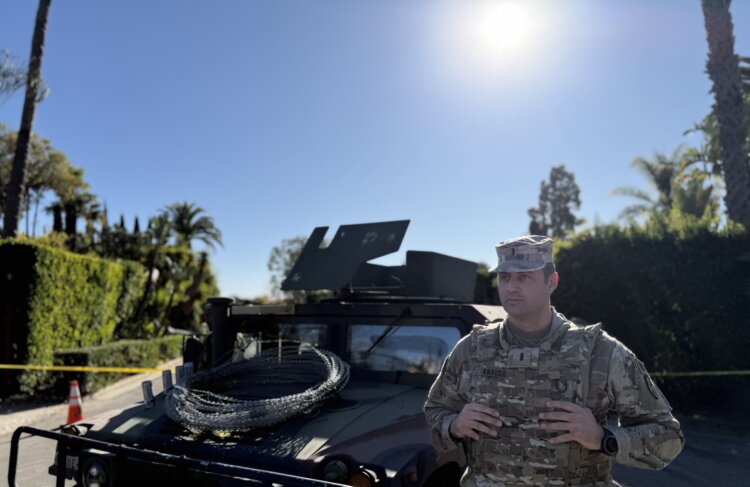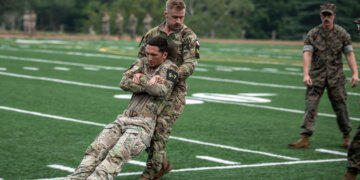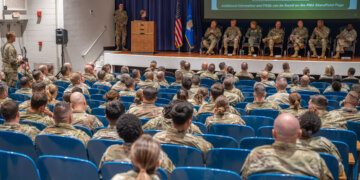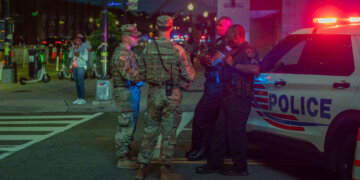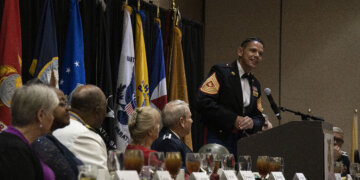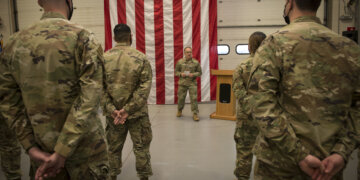Nick Knauer was working at a high school in California’s Bay Area, doing the best he could during the COVID pandemic, when he noticed a trend on the local news. Whether it was setting up testing and vaccination sites or responding to the state’s latest natural catastrophe, the National Guard was always in the thick of it.
Raised in a culture of service – both of his grandfathers were combat veterans and his mother helped found AmeriCorps – Knauer felt a pull. So, at 34 years old, he made the jump and joined the National Guard.
“It has been a little bit surreal, but this is why I signed up,” said Knauer, now a first lieutenant, speaking from Sierra Madre, just east of Pasadena, California. He’s currently leading a platoon of California Army Guardsmen from the 870th Military Police Company in supporting civilian law enforcement at the Eaton Fire, which along with the Palisades and Hurst fires has burned through more than 40,000 acres of Los Angeles County and claimed more than two dozen lives since the fires began Jan. 7.
“The men and women of the California National Guard have been on the ground since day one,” California Gov. Gavin Newsom said in a statement. “Not only fighting fires, but also assisting with public safety efforts in communities devastated by these fires.”
On Jan. 12, Newsom called for an additional 1,000 guardsmen in response to the growing fires, bringing the total to roughly 2,500 Cal Guard airmen and soldiers.
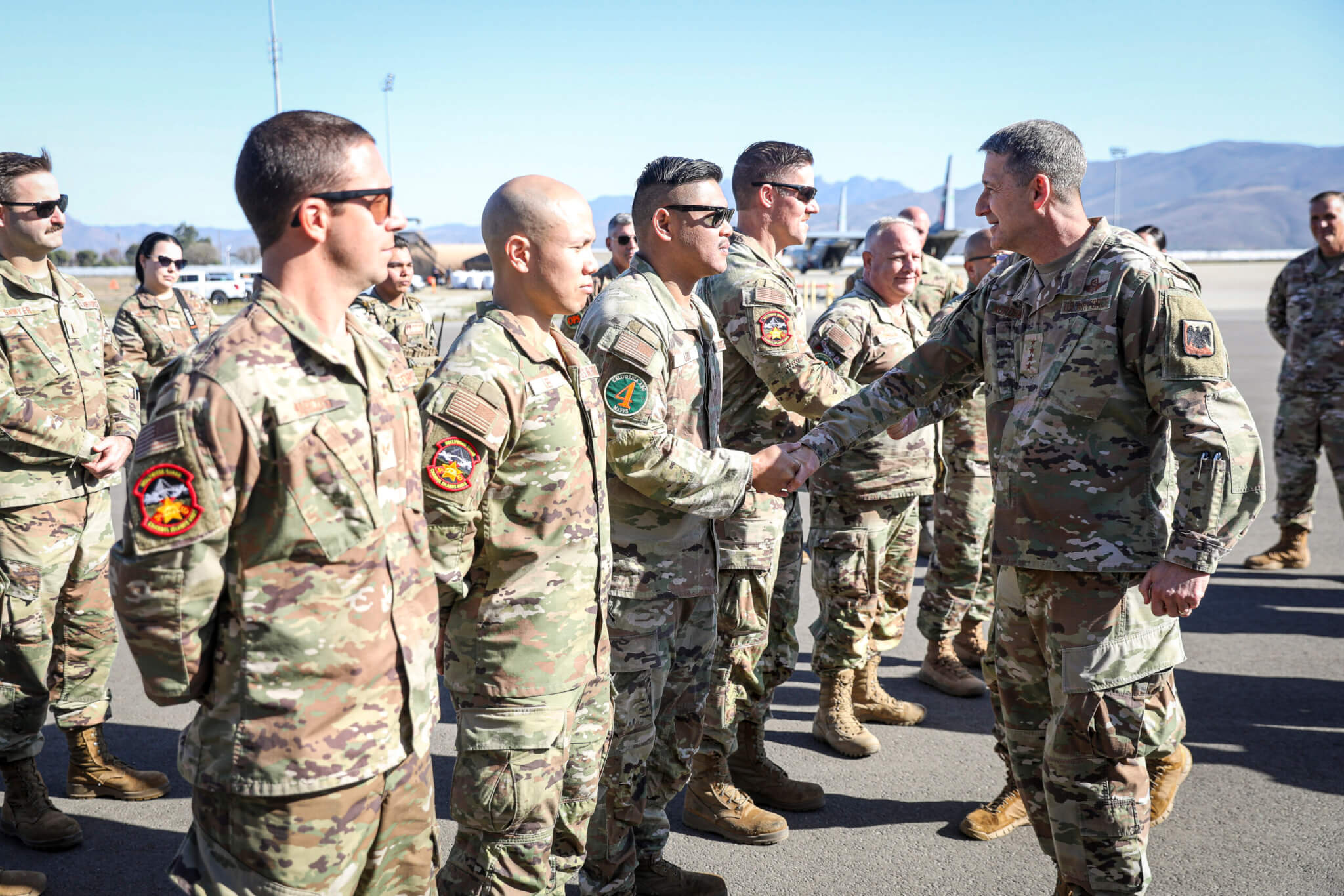
This is familiar ground for the Cal Guard, which counts wildfire support as one of its central missions. Since 2019, Joint Task Force Rattlesnake has intensely trained and mobilized guardsmen to serve on the frontlines alongside California Department of Forestry and Fire Protection personnel.
A large part of the Cal Guard’s efforts in Los Angeles County the past week has been to “ensure (civilian) law enforcement officers can do … counter-looting operations, ensure that they can do law enforcement operations, while we man traffic control points across the area,” said Maj. Gen. Matt Beevers, adjutant general for the California Military Department. He added that the Cal Guard has deployed its helicopters and airtankers that offer an array of capabilities to the multi-agency effort.
“Our primary role here is to be able to move passengers or evacuate anybody who’s in danger,” Staff Sgt. Carlos Araujo of the 40th Combat Aviation Brigade said in a Cal Guard video. “We can also move fire crews from one point to another on any of the rocky terrain … and we’re able to take water from small ponds, reservoirs, creeks, whatever they have available to us, and we’re able to go out there and put the wet stuff on the hot stuff and slow it down so the firefighters on the ground can really put in some fight.”
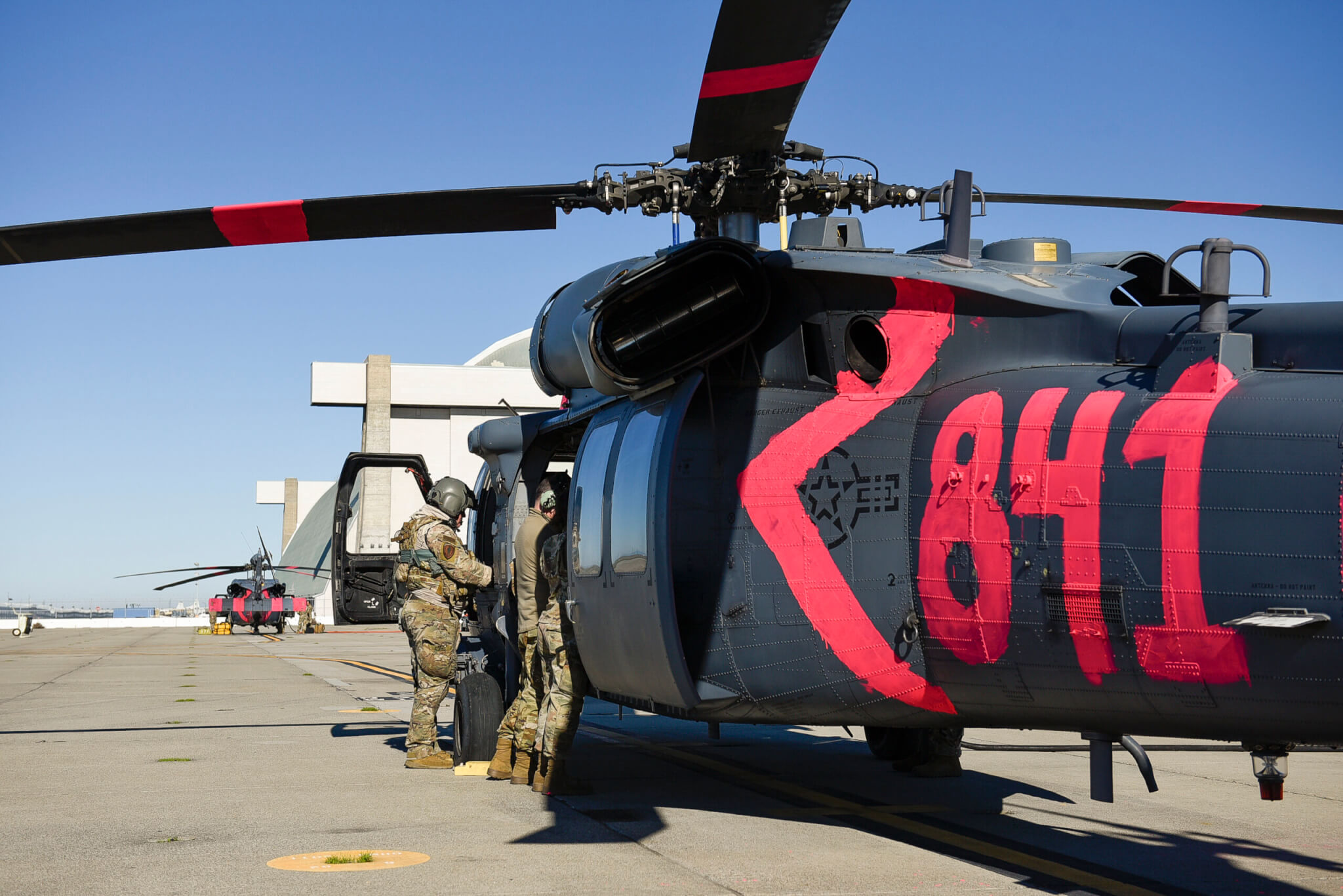
For many guardsmen who serve in the same communities in which they work and live, the firefighting effort isn’t a distant exercise.
“I’ve seen in the news how people are really suffering,” said Pvt. Lesly Benitez, a 140th Chemical Company generator mechanic mobilized in support of security operations. “I don’t live that far away, and to see the ashes and feeling like I can’t do anything, it’s just super hard.”
While Benitez might struggle to realize her impact on the effort, locals have taken notice. The community response, Knauer said, has been overwhelmingly positive, with residents showering guardsmen with cookies, meals and other expressions of gratitude.
“I didn’t join for the military pay or the college money, so it’s nice to see the result of our helping,” Knauer said. “I’m really thankful to be here.”
Read comments



